Text and photos by Darek Fortas.
I was originally attracted to making images, as it offered a unique ability to escape the very rigid and limiting aspects of linguistics, which we use to communicate everyday. For me, making a new body of work is like inventing a new way of communicating with others, especially when it comes to sequencing images in a photobook.
It happens very often that people overlook things which are important, or interesting when they are situated at their doorstep. It’s also very common that places we are originally from, gain much more significance when we move somewhere else. This is what exactly happened in my case.
‘Coal Story’ is about going back to my own roots. When you live somewhere else, especially if you live in different country, going back to your own roots is about fulfilling a desire to have psychological comfort with moving on.
I was born in Silesia in 1986, the southern and the most industrialised part of Poland. I have a very foggy memory of the communist era, as I was only three years old when it all finished. My dad later told me that basically communism was about waiting. Can you imagine that in the 1980s in the Polish People Republic some people were setting up tents a night before the shop opened just in order to secure their place in a queue, before they could acquire a Russian made TV, or washing machine of their dreams, as it was coming in ‘very limited edition’.
After spending more than seven years in Ireland I realised the importance of coming back and making a photographic body of work about Silesian identity and how the mining industry manifests itself thought the photographic lens and at the same touches on the communist resistance movement and the conflict between the individual and the state.
Coal mines played a significant role in the process of overcoming the communist regime in Poland, simply because the whole economy of the USSR couldn’t function without Silesian coal. To the great extent that it was also about Solidarity, with Lech Walesa as a leader. This was the main social movement; organising the masses and igniting the quest for freedom among Polish people which eventually got rewarded in the form of first free elections in 1989.
When you are making a project like ‘Coal Story’ one of the first things that comes to mind are the notions of reality and authenticity. I wouldn’t like to elevate authenticity to the level of looking for truth, or working within a surrounding space as I don’t know what truth or reality really mean. I understand authenticity as appropriating humane elements, dealing with people’s stories and bringing all those elements to create ultimate fiction, which stays in opposition to the hard and fixed ideas informing contemporary and classical notions of photography. It’s impossible to faithfully represent anything, because everything is constantly changing.
We live in a world that has big issues with terms like truth, objectivity and faithful representation. I see an act of image making as being manipulative, in a very positive sense of this world. I have never claimed truth value, or objectivity. I have some issues with believing whatever we can experience around is only one possible spatial version of our existence.
I always liked observing people. There’s something really interesting about observing, but at the same time not being observed. Being behind a ground screen and wearing a dark cloth on your head while composing and focusing the image gives you this precious opportunity. The camera has become a mediator that has helped me to overcome a distance between me and other people I once had.
I captured some people whose life was split between two socio-political systems and heard many interesting stories, so I learned much about it myself. Photographing people for me is a search for the ‘contained’ that does not want to be instantly revealed to the camera, sometimes the work of the portrait photographer resembles the act of separating the subject from his mask and certainly shares some similarities with the practice of psychoanalysis.
People always feel more confident in their own environment, it’s up to the image maker to adopt and extract the most formative aspects of a given space, people, objects etc. Making portraits also means I get access to the very intimate ‘other space’ that is created between me, my sitters and mediated by the camera. Even a minimal difference in facial expression or pose can have huge significance to what an image communicates, or whether an image is successful, or not.
Portraying other people is an extremely difficult task, image makers have to exercise deliberate control over what appears and how it appears in the every single image. Sometimes it resembles a battlefield, documents the struggle for dominance between the artist’s conception and the sitter’s will.
The Polish equivalent of the phrase ‘to make a portrait of somebody’ is to ‘take somebody down’ (zrobic komus zdjecie), which is quite interesting. People in the 19th century believed that you could loose a soul by making a portrait. It’s also quite interesting that through the centuries our culture developed a huge significance towards human figure and face. I always considered portraiture as the most revealing in the process of image making. For me, making portraits aspires to the process of extracting the entire life to date from my sitter.
I feel it’s quite an extraordinary process to make a good portrait of somebody. Photography as a medium exists on a basis of compromise between what we perceive and what was fixed as standard. For me good art disrupts this order by providing a gateway to defamiliarise the viewer.
How would I categorize ‘Coal Story’? People create categories to understand whatever surrounds them better. It’s always interesting to hear what others have to say about your images, how they interpret them. Good images have the wonderful capacity to operate on many different levels. They intersect with the viewer’s state of mind, level of visual literacy, experience – as long as my images successfully communicate and enrich others, I’m not overly concerned how they are categorized, I simply let the images speak.
For more informations and photos please visit Darek Fortas website.

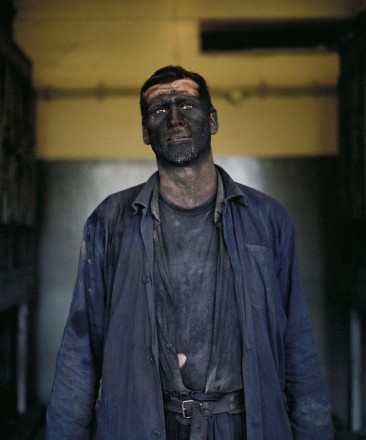
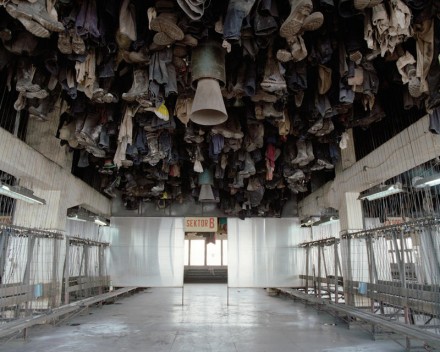
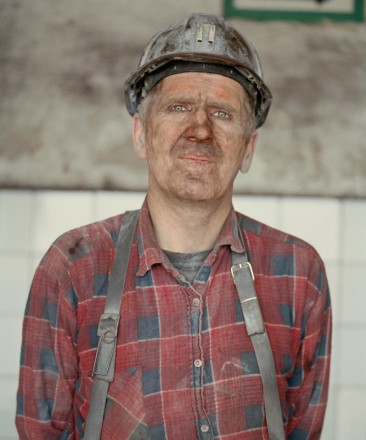
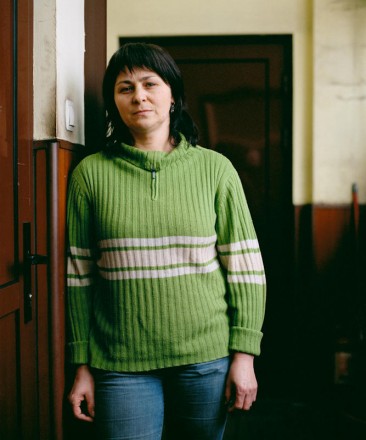
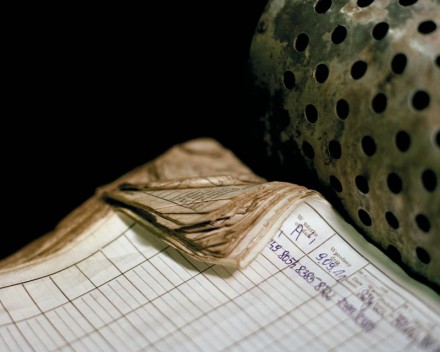
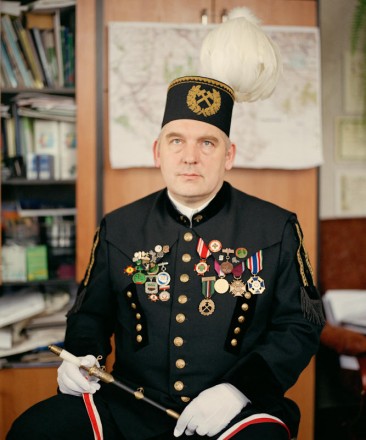
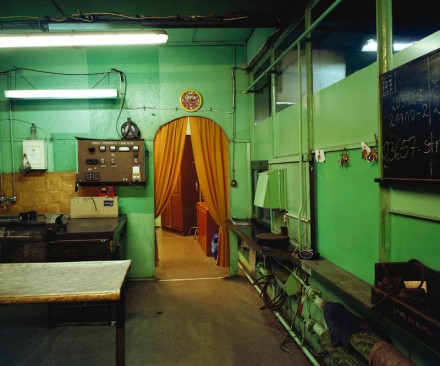
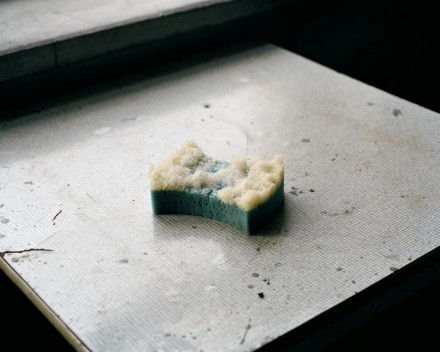
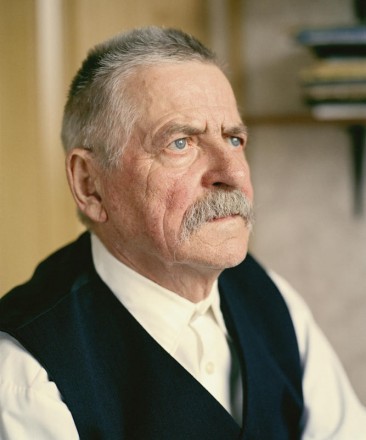
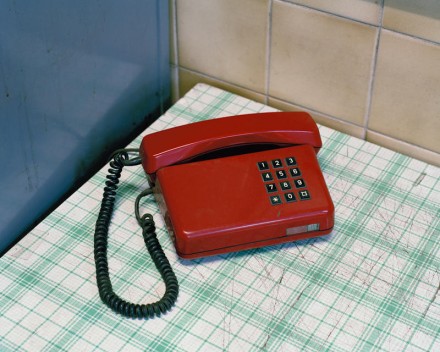
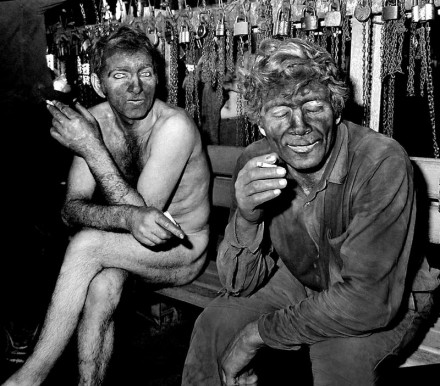
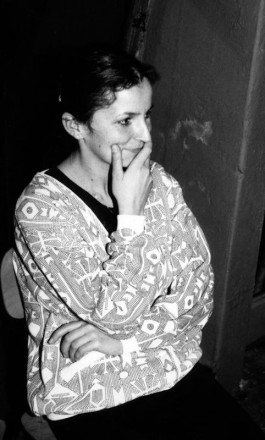
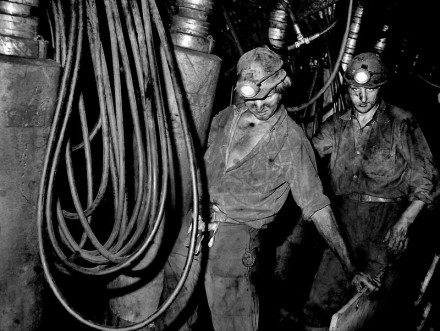
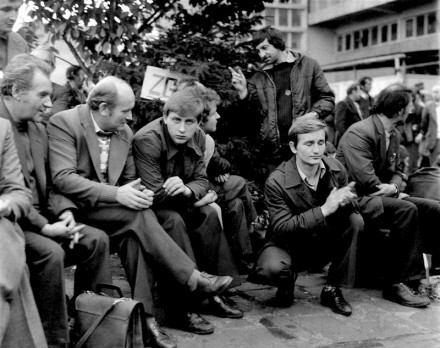
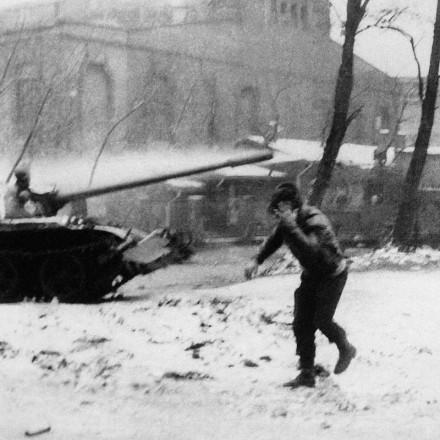
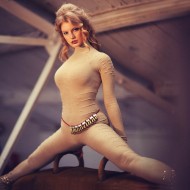

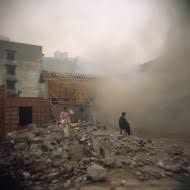
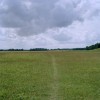






























Interesting observation that it’s “impossible to faithfully represent anything, because everything is constantly changing.” So true, as the medium itself evolves with technology but so too, does everyone become a photographer. I’m especially intrigued by your presentation of certain images in color and others in B/W – you really capture the essence of the picture by allowing yourself the flexibility to choose one or the other. Beautiful work.
You can also subscribe to this post comments RSS feed.